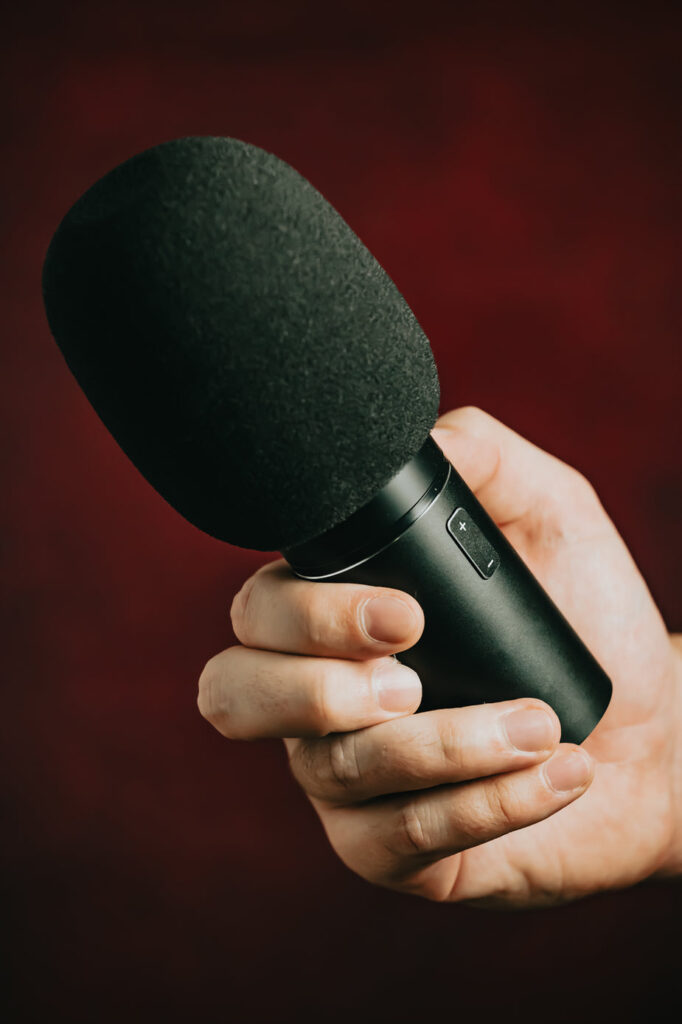
What can I do to improve the quality of my voice when recording voiceovers?
Improving the quality of your voice recordings for voiceovers involves a combination of vocal techniques, proper recording equipment, and post-production practices. Here are some tips to help you achieve better voice quality:
- Practice Vocal Warm-ups:
- Warm up your vocal cords with gentle exercises before recording to prevent strain and improve tone.
- Maintain Good Hydration:
- Drink enough water to keep your vocal cords hydrated and your voice clear.
- Use Proper Breathing Techniques:
- Practice diaphragmatic breathing to support your voice and maintain consistent tone and control.
- Control Your Pace and Articulation:
- Speak clearly, enunciate words, and control your pacing to avoid slurring or mumbling.
- Select the Right Microphone:
- Choose a microphone that suits your voice and the style of your recordings. Condenser microphones are commonly used for voiceovers.
- Invest in Acoustic Treatment:
- If possible, create a quiet and acoustically treated recording environment to reduce background noise and echoes.
- Use a Pop Filter:
- Attach a pop filter to your microphone to minimize plosive sounds (like "p" and "b" sounds).
- Position Yourself Correctly:
- Maintain a consistent distance from the microphone to ensure even volume levels and avoid distortion.
- Record in a Soundproof Space:
- Choose a recording location with minimal ambient noise to reduce the need for heavy noise reduction in post-production.
- Monitor Your Recording Levels:
- Use headphones to monitor your recording levels and prevent clipping or distortion.
- Use a Shock Mount and Mic Stand:
- A shock mount and mic stand can help eliminate vibrations and handling noise.
- Choose the Right Recording Software:
- Use professional recording software that offers essential features like noise reduction, EQ, and compression.
- Practice Mic Technique:
- Experiment with microphone angles and positioning to find the best angle for capturing your voice.
- Edit and Enhance in Post-Production:
- Use audio editing software to clean up recordings, remove background noise, adjust levels, and enhance audio quality.
- Pay Attention to Mouth Noises:
- Stay hydrated and avoid mouth noises (like clicks and smacks) by keeping your mouth moist and taking breaks as needed.
- Listen and Review:
- After recording, listen to your takes critically and identify areas for improvement.
- Continuously Improve:
- Consistent practice and learning will help you refine your skills and enhance the quality of your voiceovers over time.
Remember that achieving optimal voice quality takes practice, experimentation, and ongoing learning. Don't hesitate to seek feedback from experienced voice actors or professionals in the field to help you improve your voiceover recordings.



